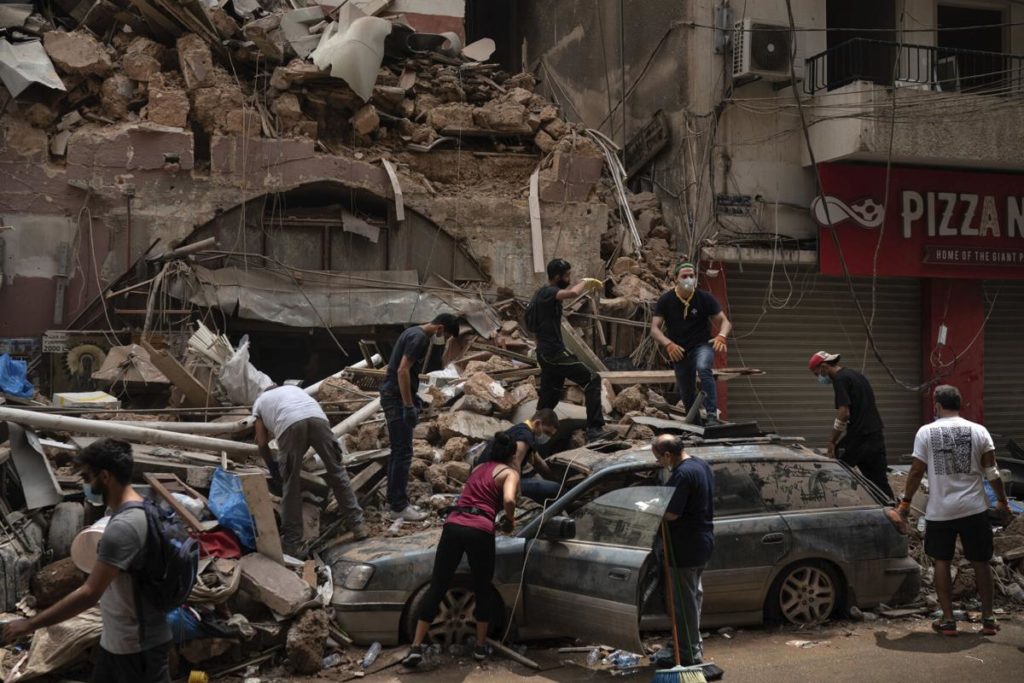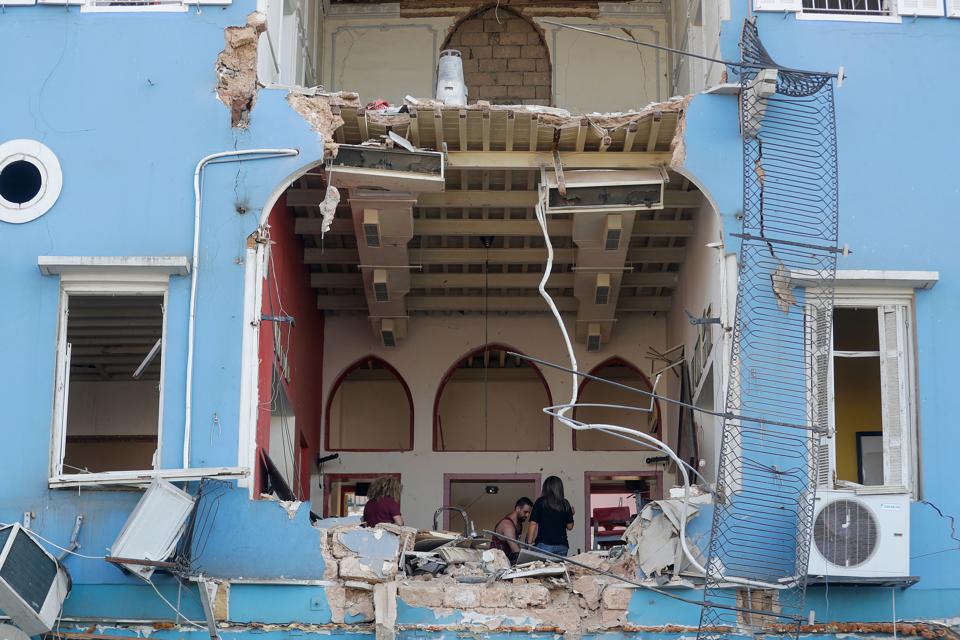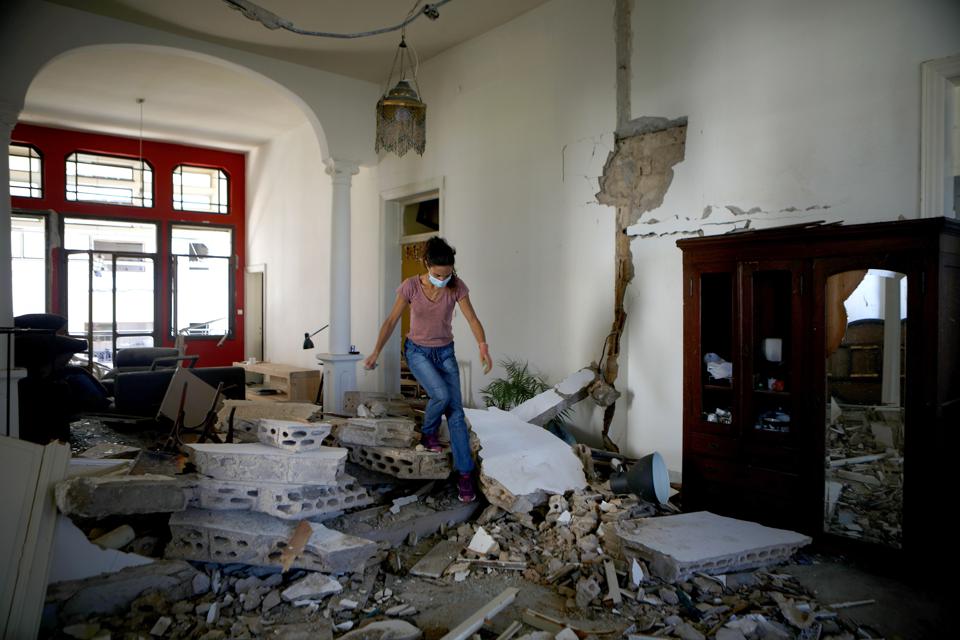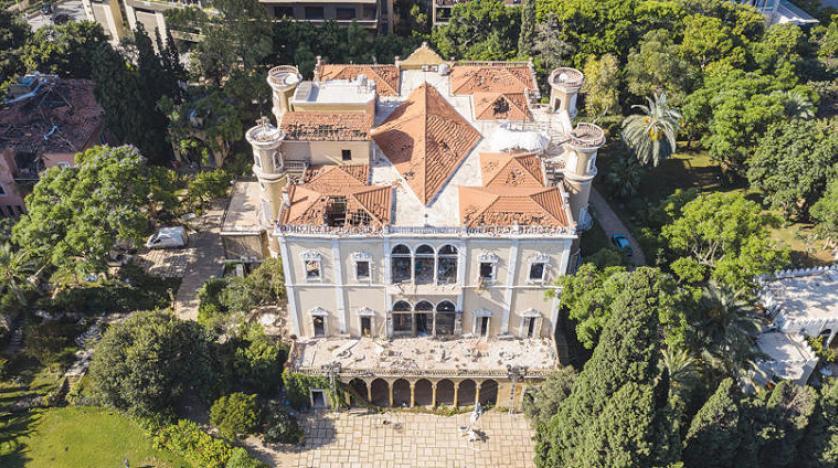Following the devastating twin explosions in Beirut, Lebanon, on 4 August, UNESCO mobilized leading cultural organizations and experts from Lebanon and abroad in an online meeting on 10 August to coordinate emergency and longer-term measures to safeguard the city’s severely damaged cultural heritage and rehabilitate its cultural life.

The explosions at the port of Beirut did not only claim hundreds of lives and leave thousands injured, they also inflicted severe damage to some of Beirut’s most historic neighbourhoods, major museums, galleries and religious sites and came at a time when Lebanon was already reeling from a series of other crises, including the COVID-19 pandemic.

UNESCO, responding to the Directorate-General of Antiquities of Lebanon’s call for support, will lead the international mobilization for the recovery and reconstruction of Beirut’s culture and heritage, based on the Directorate-General’s technical needs assessment and the International Action Plan for Culture in Beirut, which UNESCO is currently developing with all its partners in Lebanon and abroad.

AFP VIA GETTY IMAGES
Dr Sarkis Khoury, Director-General of Antiquities at the Ministry of Culture of Lebanon, shared an initial assessment of damage to cultural institutions and heritage sites in the city. He noted that at least 8,000 buildings, many concentrated in the old districts of Gemmayzeh and Mar-Mikhaël, were affected. Among them are some 640 historic buildings, approximately 60 of which are at risk of collapse. He also spoke of the impact of the explosion on major museums, such as the National Museum of Beirut, the Sursock Museum and the Archaeological Museum of the American University of Beirut, as well as cultural spaces, galleries and religious sites.

Dr Sarkis Khoury stressed the need for urgent structural consolidation and waterproofing interventions to prevent further damage from approaching autumn rains. Emergency measures were also invoked to safeguard Beirut’s cultural life through the mobilization of artists, cultural professionals, artisans and custodians of traditional knowledge.

Key partners attending the meeting included the International Alliance for the Protection of Heritage in Conflict Areas – ALIPH, the Arab Regional Centre for World Heritage (ARC-WH), Blue Shield, the International Centre for the Study and Preservation of Restoration of Cultural Property (ICCROM), the International Council of Museums (ICOM), and the International Council on Museums and Sites (ICOMOS). Ambassador Sahar Baassiri, Permanent Delegate of Lebanon to UNESCO, also took part.
The coordination meeting marked the first step in UNESCO’s ongoing commitment to ensuring that Beirut’s rich cultural life and heritage can continue to serve as a source of strength and resilience for the Lebanese people.
“The international community has sent a strong signal of support to Lebanon following this tragedy,” said Ernesto Ottone R., Assistant UNESCO Director-General for Culture. “UNESCO is committed to leading the response in the field of culture, which must form a key part of wider reconstruction and recovery efforts.”
UNESCO

Leave a Reply
You must be logged in to post a comment.